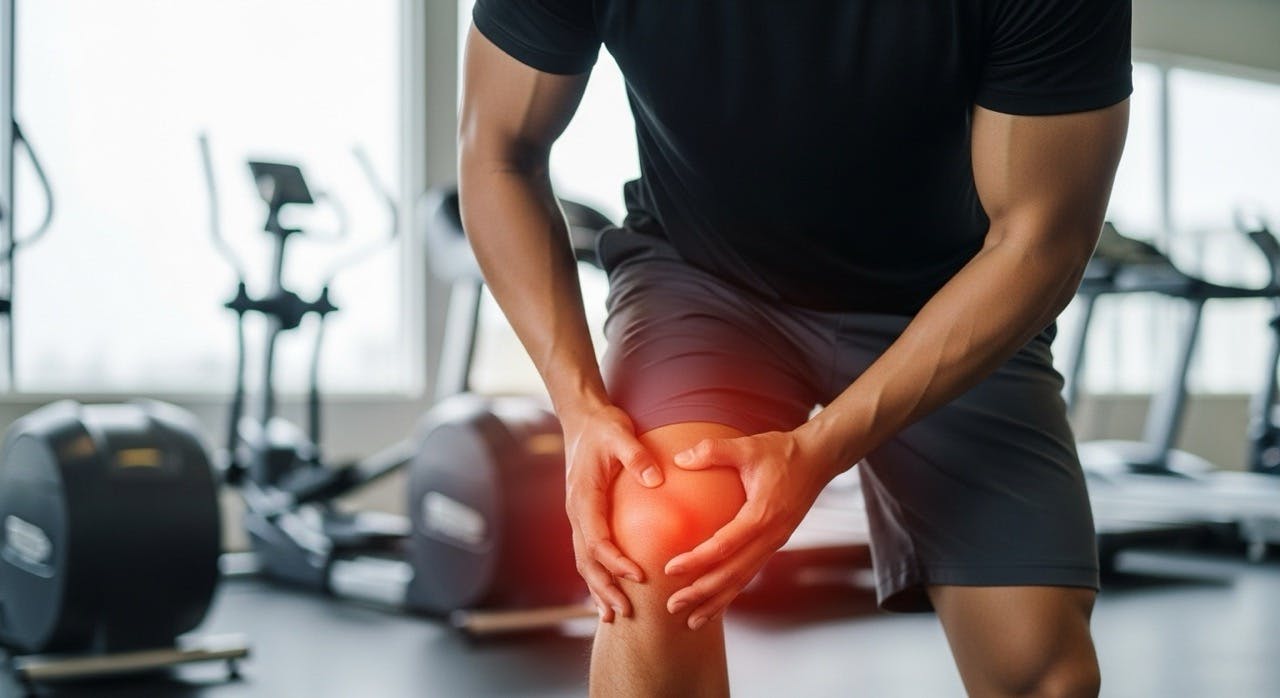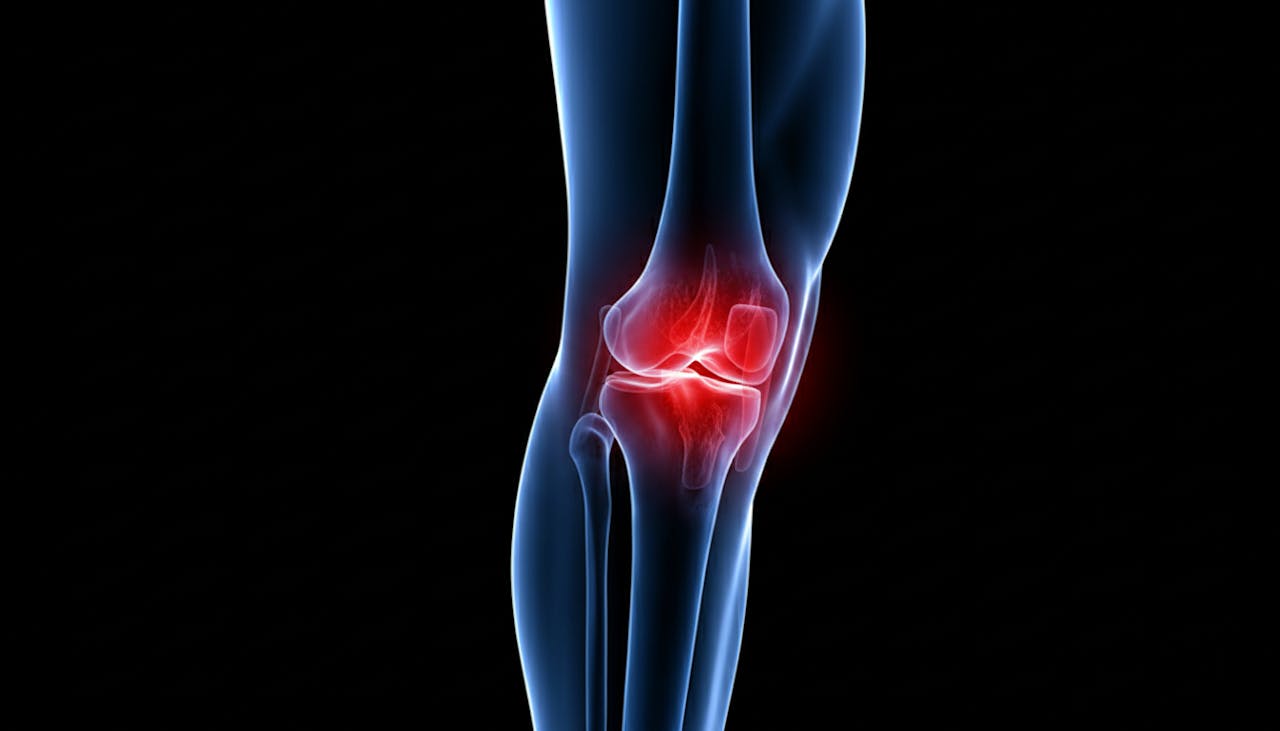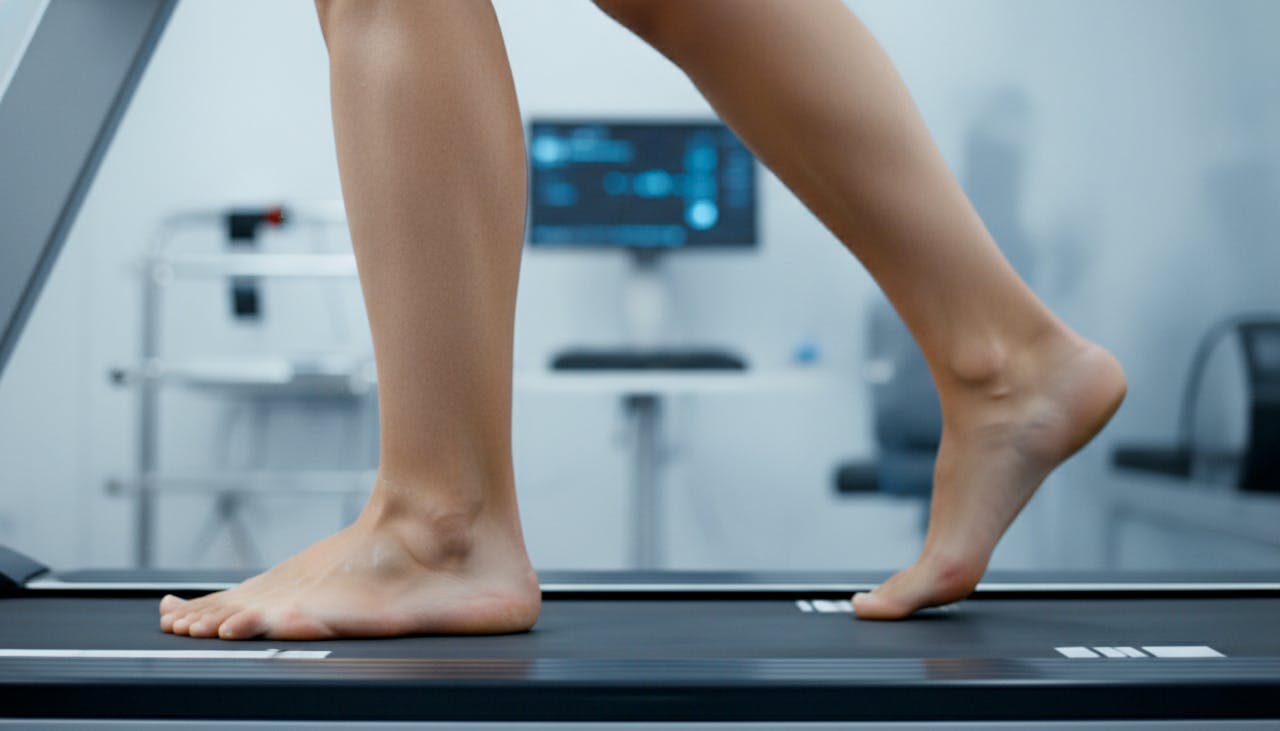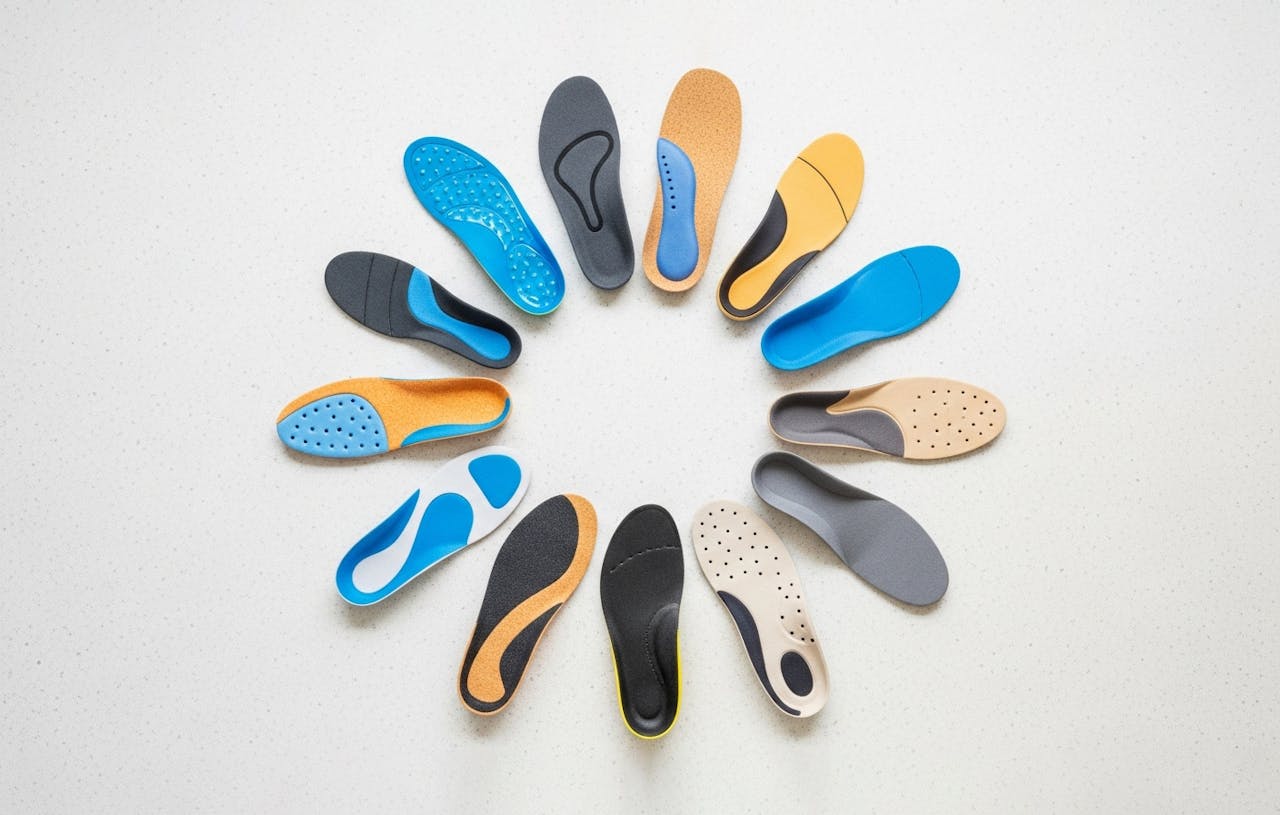
Meniscus Tear
A meniscus tear is a common knee injury involving damage to the rubbery, C-shaped shock absorbers inside the knee joint, often causing pain, swelling, and a sensation of the knee locking or giving way.
Overview
What is it?
The meniscus is a tough piece of cartilage that sits between your thigh bone (femur) and shin bone (tibia). Each knee has two menisci (medial on the inside, lateral on the outside) that act as crucial shock absorbers and stabilisers for the joint. A tear can occur suddenly during an activity or develop gradually over time due to wear and tear.
How common is it?
Meniscal tears are exceedingly common. They frequently occur in active individuals involved in contact sports or activities requiring sudden turns. However, degenerative meniscal tears are also very common in older adults as part of the natural ageing process of the knee joint.

Symptoms & Causes
What are the symptoms?
Symptoms can vary depending on the severity of the tear. You might be able to walk initially after the injury, but inflammation often sets in over the following 24 hours. Typical symptoms include swelling, stiffness, and difficulty fully straightening or bending the knee.
What does it feel like?
Patients often report a sharp pain along the joint line (either on the inside or outside of the knee). A hallmark sensation of a meniscus tear is mechanical symptoms: a feeling of "catching," "clicking," or "locking" if the loose flap of cartilage gets stuck in the joint. You may also feel that the knee is unstable or likely to give way.
What causes it?
- Acute Tears: Usually caused by forcefully twisting or rotating the knee while your foot is planted and bearing weight (common in football, tennis, or skiing).
- Degenerative Tears: As we age, the meniscus weakens and loses moisture. In older adults, even a simple awkward twist when standing up from a chair can be enough to cause a tear.
Some health conditions can include:
- Osteoarthritis: Degenerative meniscal tears are very often associated with the onset or progression of osteoarthritis in the knee.

How is it Diagnosed?
At Foot Factor, we examine the entire lower limb chain because poor foot mechanics can increase rotational stress on the knee, exacerbating meniscal issues.
What tests are used to diagnose it?
- Physical Examination: We will check for tenderness along the knee joint line and move your knee into various positions. Specific tests, such as McMurray’s Test (bending and rotating the knee to check for a click or pain), help us identify a likely tear.
- Gait Analysis: We assess if your foot mechanics (like severe overpronation) are causing excessive internal rotation of the shin bone, which places sustained torque on the medial meniscus.
- Imaging Referral: While clinical tests are good, an MRI scan is the gold standard for confirming a meniscus tear. We may refer you for one if the diagnosis is unclear or if surgery might be considered.
Foot Factor provides Expert Podiatry Treatment Tailored to You.
At Foot Factor, our podiatrists specialise in diagnosing and treating foot pain with precision and expertise. With advanced gait analysis, bespoke orthotics, and sports-focused podiatry care, we don’t just identify the problem—we provide a targeted solution to get you back to moving pain-free. Book a consultation today and take the first step toward lasting relief.

How is it Treated?
Many meniscus tears, particularly degenerative ones, respond excellently to non-surgical specialist treatment. The goal is to reduce the load on the damaged area to allow it to settle.
- Acute Management: Standard protocol includes Rest, Ice, Compression, and Elevation (RICE) to manage initial swelling.
- Biomechanics and Orthotics: This is where Foot Factor specializes. If your feet are rolling in (overpronating), it forces your tibia (shin bone) to rotate internally, grinding on the meniscus with every step. Custom orthotics can correct this rotation, significantly offloading the painful part of the knee and creating a better environment for healing.
- Footwear: Advising on stable, supportive footwear that reduces lateral (side-to-side) wobble in the knee.
- Rehabilitation: Strengthening the muscles around the knee (especially quadriceps and hamstrings) to better support the joint.
- Surgical Referral: If the knee is permanently locked or conservative treatment fails to relieve severe pain, we may refer you to an orthopaedic specialist to consider an arthroscopy (keyhole surgery) to repair or trim the torn cartilage.
Our Bespoke Orthotics give you the Right Support for Long-Term Relief.
At Foot Factor, our podiatrists specialise in diagnosing and treating foot pain with precision and expertise. With advanced gait analysis, bespoke orthotics, and sports-focused podiatry care, we don’t just identify the problem—we provide a targeted solution to get you back to moving pain-free. Book a consultation today and take the first step toward lasting relief.
Related Articles
Find expert tips, advice, and insights to support your foot health and active lifestyle.


